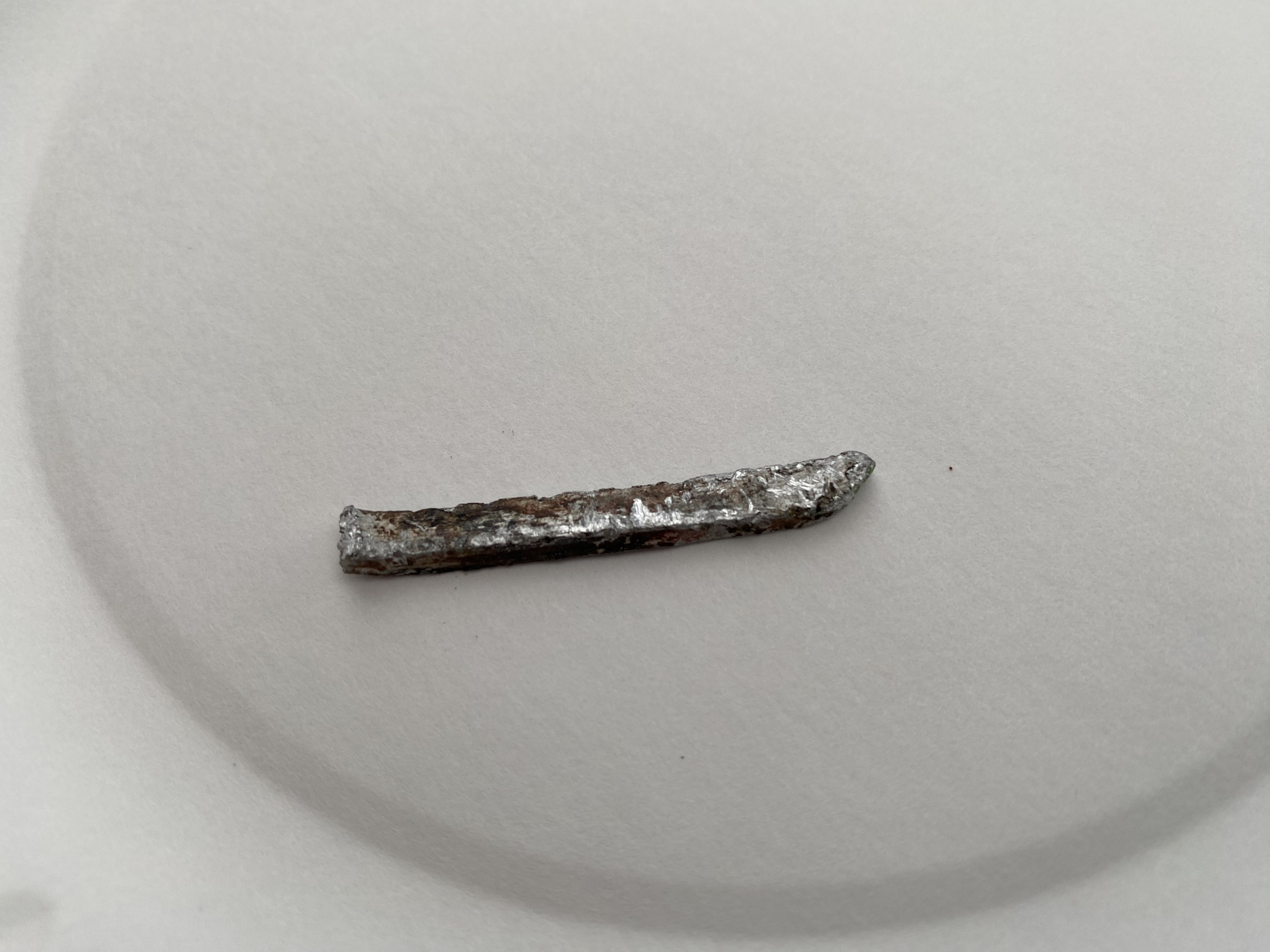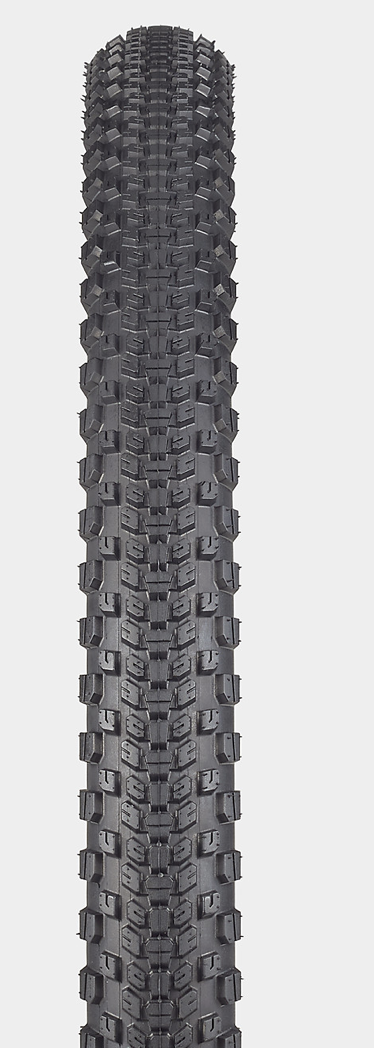Gilbo
Member
Slime tubes x2 £17 eBay. Fit new once a year. I even re-use them if I’m replacing a worn tyre. Took a tyre off once and it had 7 thorns poking though into tube. No pressure drop in tyre so could have been like that for ages.Ok so firstly there is the expense, tubed is the cost of an inner tube so say £5, tyre levers £5 and a pump £10. Tubeless is valves at £25, sealant £15, rim tape £15, tyre pump £50. So after all that is it worth it? None of my mates bother with it, they get a puncture, they change the tube and back on it, me I have to plug it and then inflate it I personally use co2, sealant spray over the bike. I have done 1100 miles and just had my first puncture. I am beginning to wonder if it’s all worth it. I am committed to it really but would I have had more punctures with tubes? Who knows. I think if you are mainly doing tarmac riding then no it’s just not worth it. Full on off roading then maybe it’s better. What’s peoples opinions?
And in last 12 month I’ve done close to 2000 mostly off-road miles.

